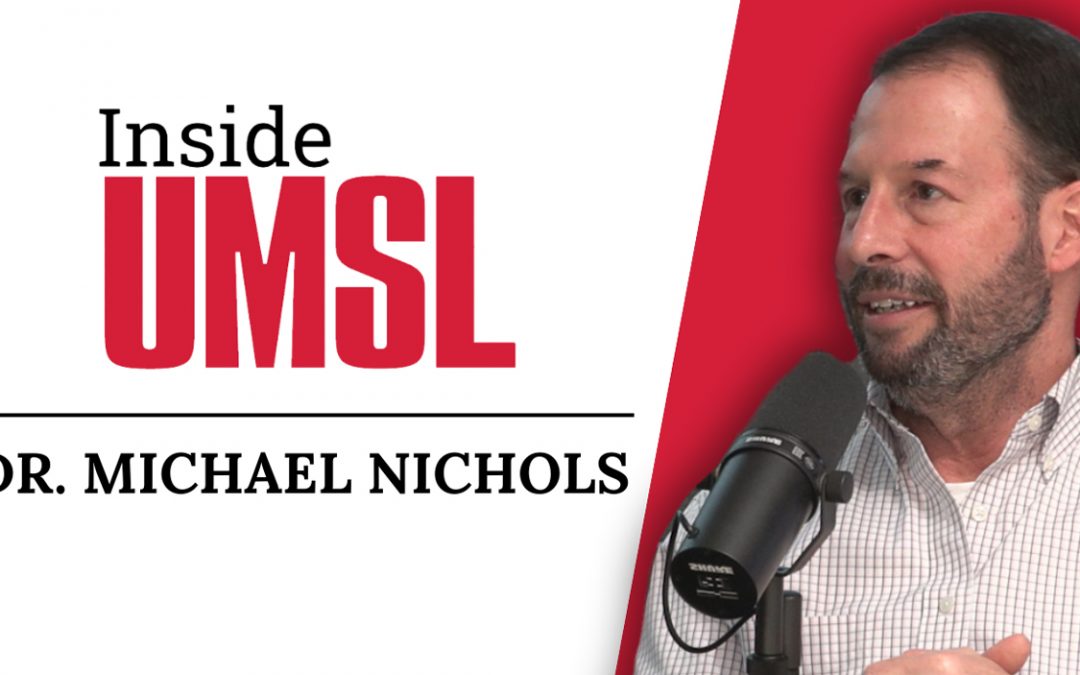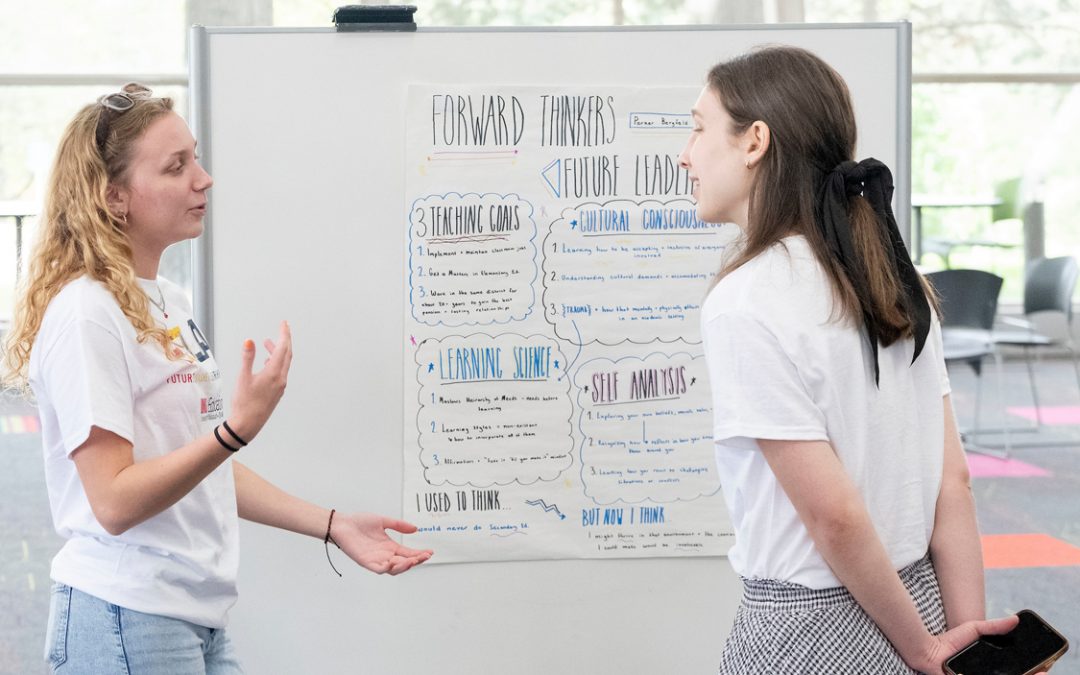
Anne Winkler is a professor of economics at the University of Missouri–St. Louis and a research fellow at the IZA Institute of Labor Economics, and she shared insight on the “Great Resignation” and what’s behind the current labor shortages in UMSL Daily’s “Ask an Expert” series.
The COVID-19 pandemic that began in 2020 was the catalyst for what has been deemed the “Great Resignation.”
According to the U.S. Bureau of Labor Statistics, over 47 million Americans quit their jobs in 2021, and for well over a year, the country has been experiencing a labor shortage as evidenced by help wanted signs outside restaurants and retail shops, longer wait times to access services such as automotive repair and a lack of providers to staff daycares, teachers to fill classrooms or drivers to deliver children to and from school.
Last month it was reported that the workforce was down 2.75 million employees, which means only 62.4% of adults are employed. But the national unemployment rate is now 3.7%, nearly the same rate as just before the pandemic.
That’s led many to wonder why there’s a labor shortage with unemployment so low. Where did everyone go?
Anne Winkler, a professor of economics at the University of Missouri–St. Louis, thinks, as do others, that the “Great Resignation” may need to be renamed the “Great Reshuffle.”
“Resignation doesn’t seem like an accurate term because people who are quitting are largely remaining in the workforce and taking something that they perceive to be a better position,” Winkler said.
In the latest installment of the Ask an Expert series, UMSL Daily spoke to Winkler about the factors contributing to the labor shortage.
If unemployment rates are low, why is there a labor shortage?
It has to do with how the unemployment rate is measured. The measurement doesn’t provide full information about the labor market. The unemployment rate only tells us about the fraction of people who are actively seeking work as a fraction of all the people who have jobs or are looking.
The numbers come from the Bureau of Labor Statistics through a survey called the Current Population Survey. And through the Current Population Survey, it asks individuals a series of questions and one of them is, “Last week did you work for pay or profit?” And from that series of questions, they figure out what your labor force status is.
Where did workers go?
I think different things happened in different sectors. It’s one of these things where I think the final word is still out. But in a lot of sectors, hiring rates are higher than quit rates. Many have opted to seek higher paying jobs. So job switching leads to higher pay. For example, take retail where you could work for a mom and pop, but you could job switch and you might get even higher pay and more benefits from a big box store.
The unemployment rate now of 3.7% is nearly the same as in February of 2020 when it was 3.5%. What is different now that contributes to the labor shortage?
First of all, we’ve got people who are on what we might call the sidelines. They’re not in the labor force. They’re not employed, actively seeking or they have retired. So they’re not going to be captured. There are also people who are on the sidelines because they can’t get childcare. So there are a range of reasons why people could be on the sidelines.
But right now, the labor force participation rate just hasn’t returned to where it was before the pandemic. The unemployment rate is going to miss people who are not actively seeking work.
There is this set of people out there who could potentially come back into the labor force. They’re just not looking right now. Or maybe they’re worried about health concerns and may just be waiting until the health situation is better or waiting for a child care slot to open. So that’s one difference between now and February 2020.
The second thing that makes it different right now is that there’s a much higher number of job opportunities – unfilled demand.
The Bureau of Labor Statistics has another survey that started in 2000 called JOLTS, and it stands for Job Openings and Labor Turnover Survey. What makes the JOLTS data interesting is that it gives us information about job openings. It gives us more information about hire rates and quit rates. So we can put this information together with information on those people who are unemployed. In February 2020, before the pandemic, there were 1.2 unfilled jobs for each unemployed person. Now there are 2.o unfilled jobs for each unemployed person.
How does childcare factor into the job shortage?
Childcare is a big issue in two ways. First of all, there’s a lot of turnover in childcare. People increasingly don’t want to work in that sector because of the low pay. With fewer child care workers, that also makes it difficult for people who have children to find the care they need to get themselves back into the labor market.
Another issue with child care that comes up is when there are COVID cases, either within your own household or other households. Then you can’t send your kids to childcare, school or preschool. And that certainly has implications for your work as well.
How has immigration impacted the labor shortage?
We don’t have the same rates of immigration, the level of immigrants coming in on a yearly basis, as we had previously to fill positions.
With the current education crisis and a shortage of teachers, where did teachers go?
So, in the case of teachers, I looked a little bit deeper into that. And one thing is that the JOLTS data can’t really speak specifically to what’s happening to teachers. To my knowledge, there’s no data that tells us nationally what’s happening to teachers. We know from districts and we know from local-level reports what’s happening in terms of teachers, and it’s more geographically varied.
The teacher shortages also tend to be concentrated in school districts with more disadvantaged kids and concentrated in more rural areas. Plum, suburban public districts tend to be able to pay more. So those are the schools where they’re probably less likely to experience acute labor shortages compared to some of these other areas. So, it’s a little bit harder for us to put our fingers exactly on what’s happening at a national level. But there are plenty of reports at the local and district level that indicate there are serious gaps.














